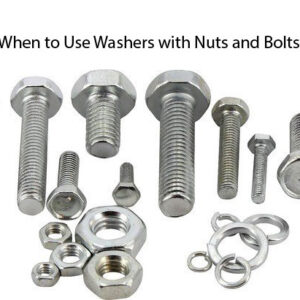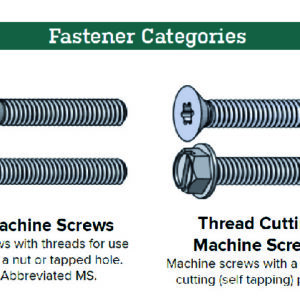Whether you’re adjusting wall decor, relocating a TV mount, or rearranging shelving, removing drywall anchors without causing additional damage is crucial. This guide provides four different methods to help you effectively remove drywall anchors and restore your wall’s aesthetic appeal. Before you begin, it’s essential to identify the type of anchors installed, as different methods work for various anchor types. Learn how to preserve your wall while successfully removing drywall anchors with this step-by-step guide.
Essential Tools and Materials
Needle-Nose Plier Method
- Screwdriver
- Needle-Nose Pliers
Screwdriver Method
- Screwdriver
Utility Knife Method
- Utility Knife
- Screwdriver
Hammer Method
- Utility Knife
- Screwdriver
- Hammer
Removing Drywall Anchors with Needle-Nose Pliers: A Step-by-Step Guide

Grip the Drywall Anchor
Before you begin, ensure that you’ve removed the screws from the drywall anchors using an appropriate screwdriver. Once the screws are out, employ a set of needle-nose pliers to securely grip the head or collar of the drywall anchor. This specific part, known as the head or collar, sits on the wall’s surface, preventing the anchor from being pushed into the wall.
Pull Out the Drywall Anchor
Having successfully gripped the drywall anchor with needle-nose pliers, initiate the extraction process. Gradually pull the anchor out of the wall using the pliers. If the anchor feels a bit stubborn, attempt a gentle back-and-forth wiggling motion to loosen it from the wall. However, exercise caution and avoid using excessive force to prevent any potential damage to the drywall. In case the anchor remains unyielding, proceed to the next method for an effective removal strategy.
Removing Drywall Anchors with a Screwdriver: A Detailed Guide

Find an Appropriate Screwdriver
Begin by selecting an appropriate screwdriver for the task. Compare the size of the drywall anchor opening with the width of the screwdriver shaft to ensure a snug fit. Insert the head of the screwdriver into the drywall anchor, ensuring a tight fit that allows the turning of the screwdriver to also rotate the drywall anchor.
Back Out the Drywall Anchor
With the screwdriver securely placed in the drywall anchor, rotate it in a counter-clockwise direction to gradually back the anchor out of the wall, similar to the process of backing out a screw. If the drywall anchor shows no movement or rotates without backing out, it’s time to explore alternative methods for effective removal.




